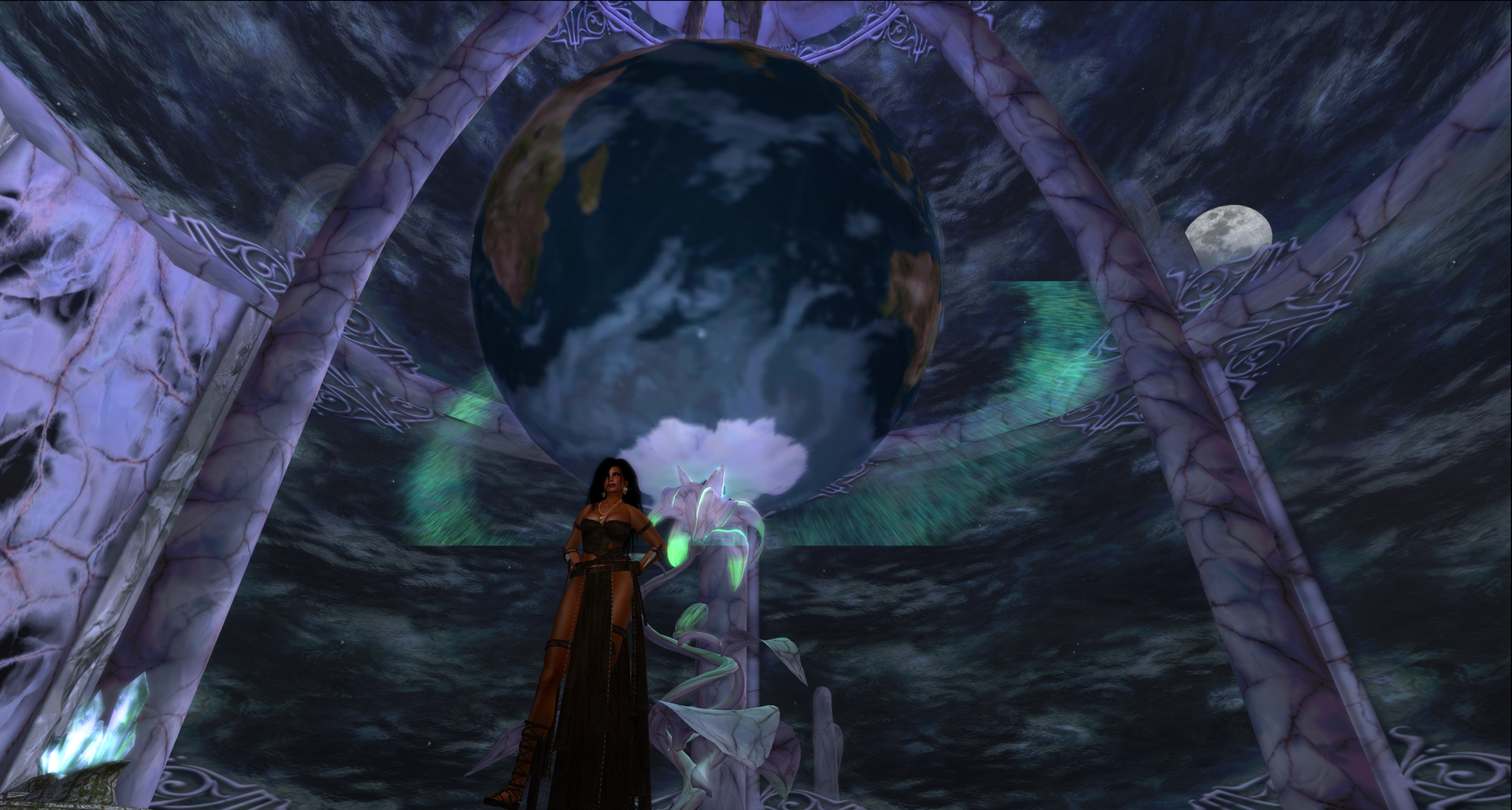Gods and silent phone calls
/My phone rings. I pick it up and glance at the ID. The name of an immigrant friend flashes on the screen. I push "answer" but there is no sound.
"Hello," I say. "Hello? Can you hear me?"
Nothing. It is likely her kids are playing with the phone or it's in her purse. My name starts with A and I probably get more than my fair share of these calls. But then again something may be wrong with the phone. she may have accidentally pressed mute or it could be a temporary glitch. I've also had plenty of those calls.
And because my friend is an immigrant in a hostile country and living with a person who physically abused her in the past, I am also on alert for worse scenarios. A silent call could have signals in it.
Image via Pixabay
A lot of people when they get a silent call like this, they'll keep repeating "Hello? Hello?" often with an irritated tone and then hang up. They would never want to be rude but this response is automatic.
But they don't think through the equation. They focus only on their own experience. We are pestered by a phone, it rings, we pick it up and there is silence--frustrating, confusing and time-wasting silence. Meanwhile the other person is A. not there and the phone is in their pocket or in the hands of a two-year-old, or B. they are there and yelling "Hello? Hello? Can you hear me?" into their own phone, or C. they accidentally dialed the number in a meeting or a theater and they are frantically pressing mute and trying to hang up, or D. they’ve been kidnapped and they are trying to signal for help.
None of these scenarios justifies the irritation and none are helped by the chaotic responses.
They can either hear you or they cannot hear you. Those are the only real options.
I don't know if my friend can hear me or not, but if she can’t hear me there is no reason to yell into the phone with irritation and nothing I say matters. If she can’t hear me, I should mainly get off the phone reasonably quickly, so as not to exhaust her phone credit.
On the other hand, if she can hear me, what I say does matter. If there is a phone glitch and she’s struggling with it too, my irritation could easily be understood as frustration with her. When you question whether or not the other side can hear you, your words must reflect an assumption that they can, because your response will then be either helpful or neutral in either reality.
That is the only response that makes any sense, and it can lower your own stress in case your words are only for yourself.
After I repeat "Hello" three times, I ask slowly and with enunciation "Can you hear me? I can't hear you." The connection could be bad, so it is worth speaking slowly and clearly. But still I speak with a tone that assumes my friend is there.
I wait a moment, being quiet so that I can hear even a muted reply or tapping or any signal of trouble. Nothing. I repeat the routine once. Then I speak clearly into the phone, "I can't hear you. Try calling again. I will wait. And in five minutes I'll call you back."
Then I hang up, wait five minutes and call my friend back. This time it was a phone glitch. My friend could hear me but I couldn’t hear her. She tried to call back but didn’t get through. There is no emergency. We connect and get on with the day.
When I first began sitting at my altar in the mornings for daily prayer and meditation, the experience was somewhat like that silent phone call.
A lot of people don't believe in literal deities and I was not certain about them either. I felt like I was listening to a silent phone line. There were signs, things that made me feel the presence of something greater than me. Sometimes I would even get a caller ID of sorts and know specific the name or identity of a deity that might be there. But not much more.
I had noticed that people often speak to the gods the same way they talk during a muted phone call. They demand, exclaim and shout, but then assume no one is there.
To me that approach doesn't make any more sense than it does on the phone. Either my gods can hear me or they cannot. Just because I can’t hear them, doesn’t mean they can’t hear me.
If they cannot hear me or simply are not real, then what I say matters only to me. My experience of stress or comfort matters only to me. If, on the other hand, they are there and can hear me, then what I say may matter a great deal.
Since we cannot know, cannot call the deities back as easily as we call our friends back, it seems most reasonable to assume that they are there and they can hear.
Since I started going on this premise, assuming that my matron goddess can hear me, I have slowly felt a greater connection.
I recently made my own Ogham sticks and because my matron goddess is an Irish goddess, these sticks seem an appropriate divination tool. Since then it is as if the phone connection has opened a little. I get snatches of conversation, the odd clear reply, a bit of static but more importantly, I know someone is there.
It may not be easy, but we can call back.

























































